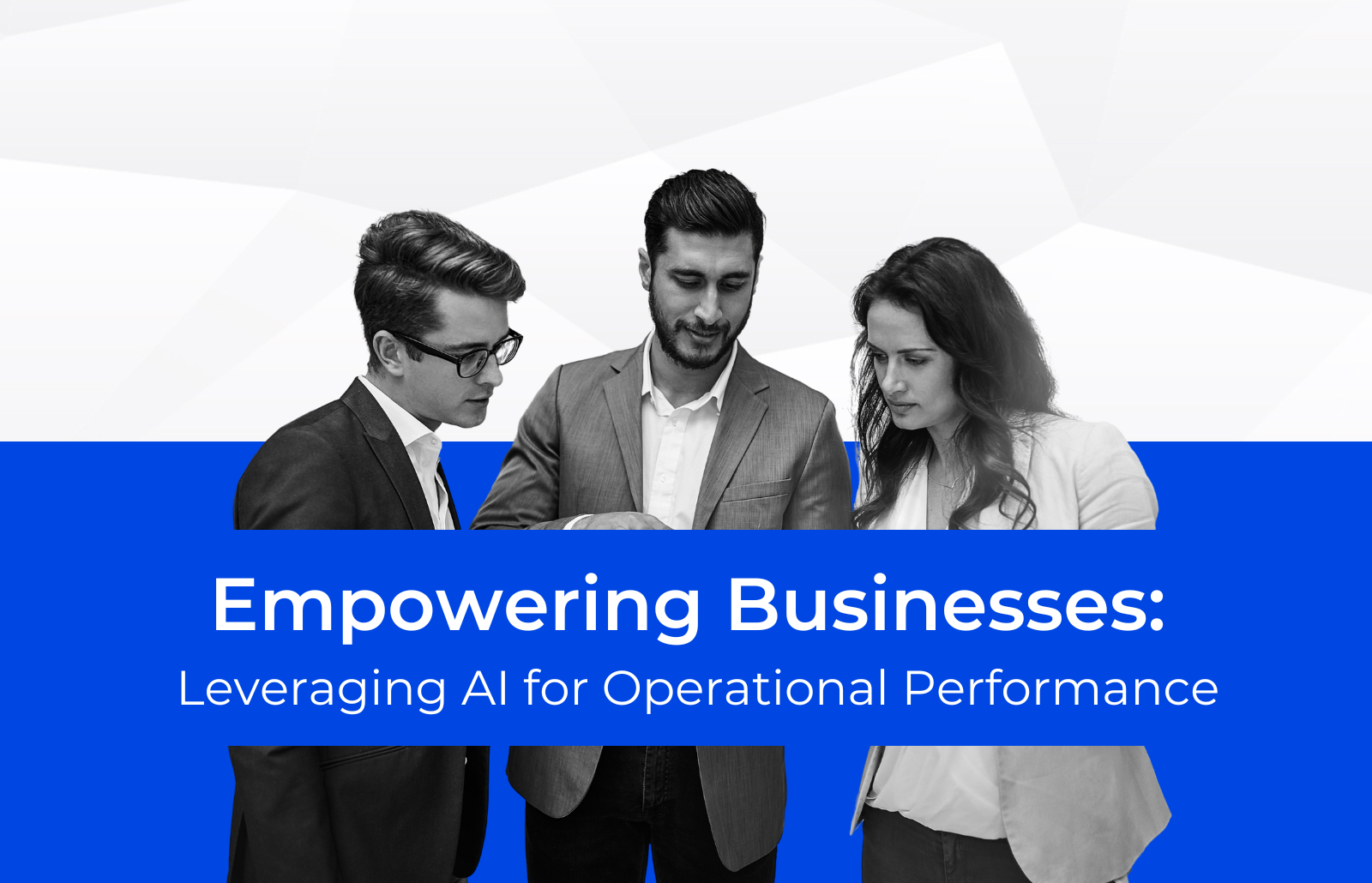In the landscape of technological innovation, AI stands as a cornerstone, reshaping how businesses operate and excel. The integration of AI into business isn’t just a temporary trend, but a strategic decision aimed at revolutionising operational performance and fostering innovation. It’s about embracing a paradigm shift that not only automates tasks, but also augments human capabilities.
On November 17th, we hosted the first Zartis AI Summit in Madrid, where leaders from many technology and services companies gathered to share their experiences, and expectations in implementing AI across their businesses.
Here are some of the highlights and key lessons derived from the discussions!
Navigating the AI Landscape: Regulations and Operational Integration
The adoption of AI necessitates keeping a close eye on the ever evolving regulatory frameworks, as many are still in the development stage and changes are imminent. It’s not a straightforward embrace; it involves aligning strategies with prevailing regulations and ethical frameworks. The decision-making process revolves around evaluating options—be it buying, building, or customising solutions—tailored to specific use cases while ensuring compliance with evolving standards. This is where the challenge lies, balancing innovation with regulatory adherence.
Boosting Operational Performance
The true magic of AI is evident in its ability to streamline operations across different departments and how it can be used to increase operational performance across the company. Imagine the power of Fireflies automating the meticulous and often arduous process of note taking and task allocation. Organisational tasks, previously laborious and time-consuming, are optimised through AI, enhancing processes such as note-taking during crucial meetings and deriving tasks to be assigned to team members. The efficiency gains are tangible, offering employees the opportunity to be present in meetings, and focus on higher-value tasks while AI handles the repetitive, mundane ones.
According to a recent study by Harvard, a successful implementation of AI can improve your team’s performance & output up to 40%, whereas, companies that don’t utilise AI wisely can see a drop by up to -20%.
Exploring AI Capabilities: Innovations and Productivity
The spectrum of AI’s capabilities knows no bounds. From speech-to-text and emotion recognition to translation and virtual speaker technologies, the breadth of AI’s potential is immense.
Specific tools like SentinelOne for predictive cybersecurity, Fireflies for automated note-taking, and DeepCode for code review significantly elevate departmental efficiency. These tools not only enhance productivity but also pave the way for innovation by automating tasks that were previously time intensive.
Strategising AI Implementation
Crafting a comprehensive strategy for effective AI adoption is paramount. To that end, a team needs to set their expectations and requirements from the get-go.
To give you some more context, when developing our own chatbot at Zartis, we set these following requirements that helped define our overall strategy:
- Consistent Replies: Not in the sense that the AI Chatbot always replies the same way, but that they’re always contextually replying in the same way.
- Fine-Tuning: Making sure that we don’t need to build AI models from scratch. We wanted to train an existing model with our own data, which is called fine-tuning.
- Integrations: We didn’t want to introduce a new product that requires training people. With the right tool and integration, we are able to use it through Slack.
- Simple training interface: A very simple interface, to avoid the need for any technical personnel to get involved in the onboarding process.
- Keeping Data Private: Even though we don’t need data privacy for an internal tool, it is paramount to stay vigilant for the future and against potential attacks.
It goes without saying that every business is unique, so the requirements should reflect that. A thorough understanding of the development process and needs is crucial and the strategy should be decided with all the team members involved. It’s not just about implementing technology; it’s about understanding its limitations, potentials, and intricacies.
Balancing Efficiency and Innovation: Internal Adoption and Data Privacy
The road to internal adoption of AI tools is often riddled with scepticism. Overcoming resistance requires seamless collaboration between technical and business team members. It’s a delicate dance of leveraging the power of AI while training your team to uphold ethical and privacy standards.
Moreover, concerns about data privacy necessitate a fine balance between innovation and privacy safeguards, especially when considering AI tools hosted in the cloud.
Final Thoughts
The success of any AI initiative depends on the quality of data accessed, the thoroughness of risk analysis, and the clarity of the value proposition. By addressing these aspects comprehensively and supporting them with relevant data and statistics, your path to identifying AI opportunities becomes clearer and more assured.
In summary, integrating AI into business operations involves more than just adopting new tools; it’s about embracing a new way of thinking. It’s about optimising operations, fostering innovation, and navigating the complexities of an evolving business landscape powered by AI.
72% of businesses expect to incorporate AI into their processes within the next 3 years. Are you going to be one of them?
—
If you have any questions on this topic and would like to learn which AI opportunities you should prioritise to get the maximum operational performance, we are happy to connect you with our experts. Feel free to reach out now!


